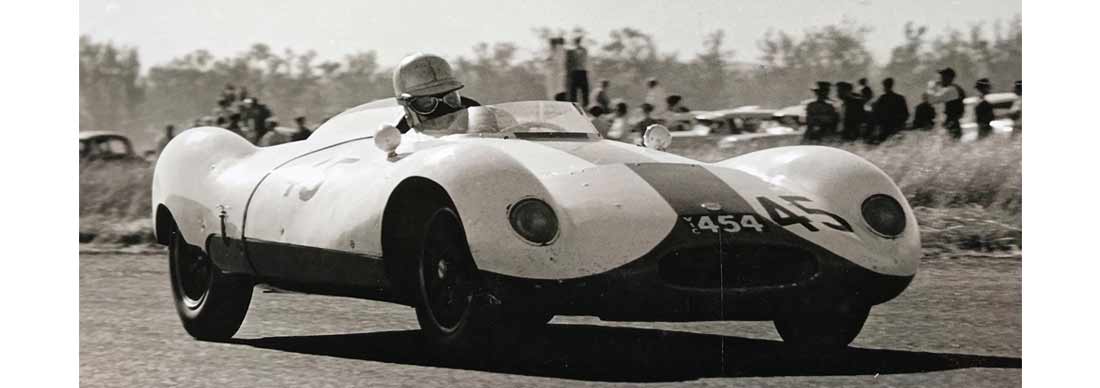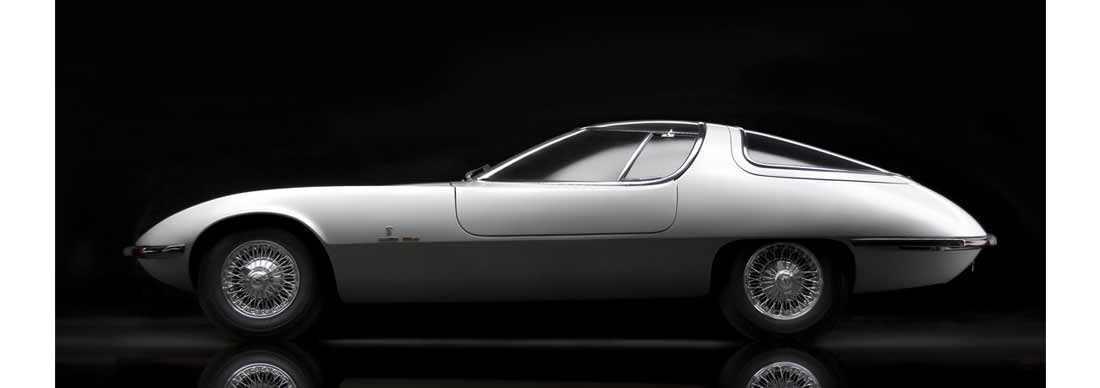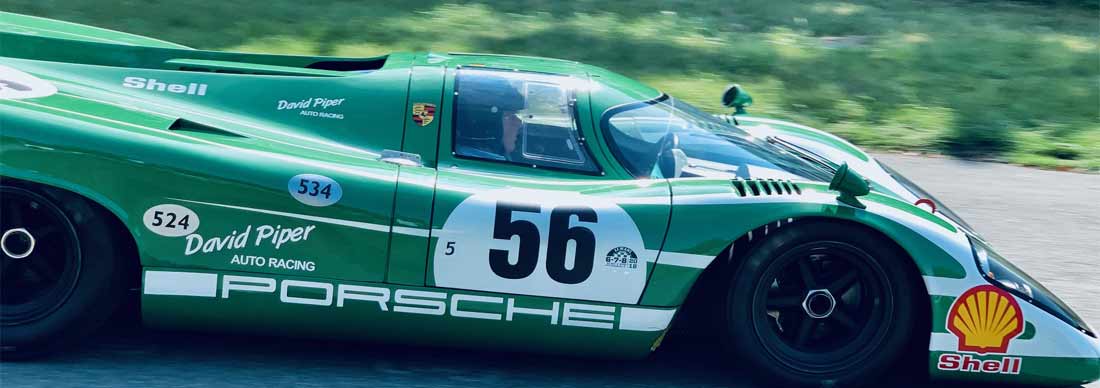
Cooper T39 Bobtail - The Fastest Sports Car Down Under

With fewer than half of the 50 cars built thought to have survived, it’s not often that you see a Cooper T39 ‘Bobtail’, let alone one with a Briggs Cunningham team racing livery. Add to that the facts that Cunningham never owned the car and that Jack Brabham had it shipped to race successfully in a completely different global hemisphere, and you have a rather intriguing story.

In the 1950s, the Cooper Car Company came to influence the design of almost every single-seat racing car that followed by placing their engines behind the driver rather than in front. The car and driver could sit lower due to the absence of a drive shaft under the seat and it had better weight distribution between the axles. Although Auto Union had tried this approach a decade or two earlier, their ladder chassis and contemporary suspension tended to result in oversteer and they failed to dominate the field in the way that Coopers did.

Cooper's Chief Designer, Owen Maddock, conceived the T39 sports car around the Coventry Climax (Feather-Weight) FWA 1098cc four-cylinder engine and decided to adapt Cooper’s 500cc Formula 3 chassis to take the more powerful engine.

The T39 gained its ‘Bobtail’ nickname from the car’s truncated rear, developed by Maddock working alongside an aerodynamics team from Hawker Aircraft. This was a controversial design feature which became universally known as a ‘Kamm-tail’ or ‘Kammback’ after its exponent Professor Wunibald Kamm. John Cooper was reportedly somewhat sceptical of the new silhouette and often explained the car’s lack of tail by telling people that they had to cut it off to fit in the transporter.
Having had its first successes on a national level in 1955, a Cooper-Climax T39 was 3rd in Class at the 1957 24 Hours of Le Mans, driven by Jack Brabham and Ian Raby - an achievement that grew the reputation of the T39 as well as the order books.
A year earlier, Cooper had asked Brabham to campaign a T39 in Australia to widen the market. Whilst the car for “Black Jack” was being readied for shipping, his friend Bill Patterson - a national hill climb champion and the son of the inter-war tennis ace Gerald - decided to get in on the act and a second T39 was hastily added to the shipment. The story goes that as they didn’t have a spare car available, they sent one that had been ordered by Briggs Cunningham and was already painted in the white with blue stripes racing livery of the USA.
Although the first T39s had the Coventry Climax FWA engine, the two shipped to Brabham and Patterson were equipped with the more powerful 1460cc FWB. First time out at Albert Park in Melbourne, Patterson rolled his Bobtail on the opening lap but a week later, hastily repaired, the car achieved a 1st in Class (3rd overall) at the Argus Trophy. Patterson and his Bobtail proved largely unbeatable in their class and he had continued success over the next two seasons, including a Class win in the Victorian Tourist Trophy and smashing the Class-record in the Victorian Hillclimb Championship.
Patterson advertised the car for sale in August 1958 claiming it to be “the fastest under 1500cc Sports Car in Australia” along with a note of its impressive lap times and records at Bathurst and Phillip Island. The car was bought by Alan Jack who took 5th place overall in the 1959 Australian Grand Prix and also came 7th in the 1961 event where Coopers were all but one of the first 7 cars to cross the finish line.

No longer competitive, save for a few sprints, the Bobtail retired the following year and eventually found its way into the York Motor Museum in Western Australia. In 2002, it returned to Albert Park for a demonstration race where it was driven by none other than Sir Stirling Moss.

Five years later the car was bought from the museum and restored to race condition to participate in competitive historic motorsport. At one of these meetings in 2010, Sir Jack Brabham was pleased to see his friend’s T39 back in use and signed his name on the dashboard.

My thanks to our friends at The Classic Motor Hub for the use of the photographs and for access to the car's history.






2 comments
Which bobtail was owned for a while by a english real estate salesman in Perth west australia
Year was around 1973 -75??Brake cylinders were leaking badly and i don’t remember him ever driving it at caversham. renault gearbox and cc motor . The W a sporting car club refused to license it with only one front seat, needed to be two seater.
Gil Johnston
I watched southern California SCCA racing , starting in 1956, and age 11. This Car had always captured my imagination. with its simple design and great performance, and when ran with the 1,5 DOHC climax engine, it would not only beat the 550 Porsche. but even the big bore cars, on a tight circuit like Paramount Ranch. 130 HP pushing 900 pounds, was unbelievable, and requires great ability.
I miss those days…….
jack johnsen
Leave a comment
This site is protected by hCaptcha and the hCaptcha Privacy Policy and Terms of Service apply.